‘April fish’
Italy doesn’t do April Fool’s: instead it does April fish.
The country’s traditional April 1st prank involves drawing a picture of a pesciolino – a ‘little fish’ – and sticking it on an unsuspecting victim’s back. Find out about the tradition here.
Easter holidays
Pupils – and teachers – get a break over Easter week, though with many schools teaching lessons remotely it might not make too much of a difference to parents.
This year’s public school holiday is from Thursday, April 1st to Tuesday, April 6th in all regions of Italy, though private schools may have different dates.
For those of us no longer in education, we’re entitled to two public holidays: Easter Sunday on April 4th, and Easter Monday (known as Pasquetta, or ‘little Easter’) on April 5th. Italy does not take Good Friday off.
… and an Easter lockdown
We won’t be able to do a great deal with the time off, since Italy is going into a nationwide lockdown from Saturday, April 3rd to Monday, April 5th.
The entire country will become a temporary ‘red zone’, with maximum restrictions in place. That means restaurants and most shops are closed, and you should stay at home except for essential reasons such as buying groceries or going to work. Find a guide to the rules in red zones here.
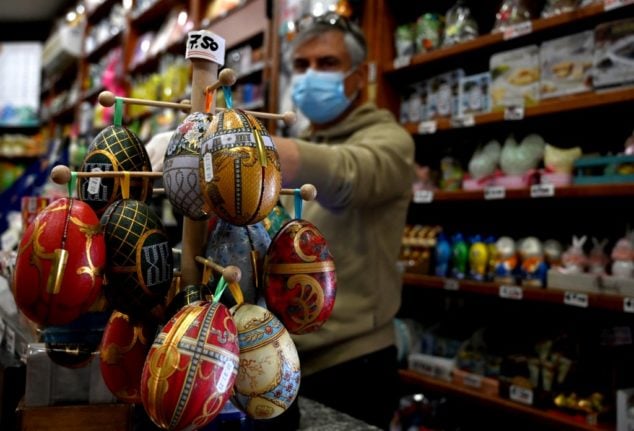
There are also extra restrictions on international travel. On top of all the limits on tourism from outside the EU, which remain unchanged, people visiting or returning to Italy from within the bloc now have to quarantine for five days. That applies until April 30th: more details here.
There is, however, a special exception for socializing: while visiting friends and family is usually forbidden in red zones, over the holiday weekend you will be permitted to go to someone else’s house within the same region as you. You shouldn’t take more than one other adult with you, and you need to return to your own home by 10pm when Italy’s nightly curfew kicks in.
Find all Italy’s rules for travel over Easter here.
A new emergency decree
Italy’s current emergency decree, which sets rules on travel, curfew, and business and school openings among others, expires on April 6th.
The government has already confirmed that most of the measures currently in place will be extended throughout the month, notably the system of regional restrictions based on weekly health data.
READ ALSO: Italy to remain in partial lockdown until end of April
All regions of Italy will remain either ‘red’ or ‘orange’ zones – the two highest-risk zones, with tight restrictions in place – from April 7th to 30th, the government says, though it hasn’t ruled out a possible easing of some measures before the end of the month if the figures improve.
That means no travel between towns or regions, no dining in restaurants or bars, and no museums reopening for at least another month. Here’s more information on the rules in red zones and orange zones.
Primary schools reopen, even in red zones
The only area in which the government plans to relax the rules is schools: Prime Minister Mario Draghi has confirmed that pupils up to the prima media (the equivalent of sixth grade in the US or Year 7 in the UK) will be allowed to return to class in person after Easter, even in red zones.
Previously all schools in red zones had to go remote.
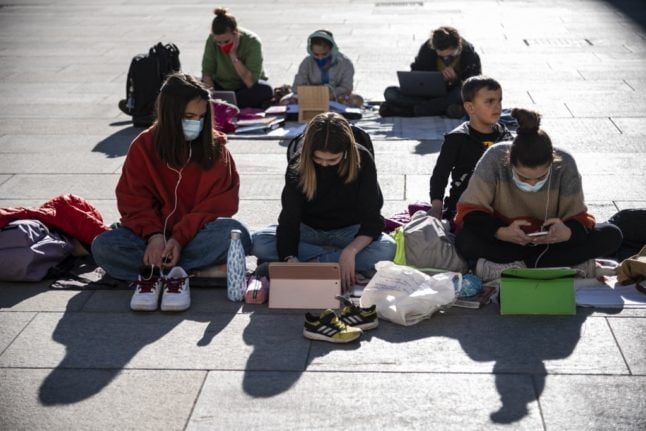
Local authorities still have the power to order schools closed, however, so some primary schools may continue teaching all or part of their lessons online even after the holiday.
Secondary pupils in upper years will continue following all their lessons remotely in red zones, and 25-50 percent of them online in orange zones.
More ‘Covid-tested’ flights between Italy and the US
Following Alitalia’s lead, Delta Air Lines will start offering ‘Covid-tested’ flights between New York’s JFK airport and Milan Malpensa airport from April 1st, as well as JFK to Rome Fiumicino (details here).
READ ALSO: Italy approves Covid-tested flights from US to Milan
That gives passengers extra options to fly between the US and Italy without quarantine, provided they test negative for coronavirus both before and after arriving. The Italian government initially authorized airlines to trial the scheme until April 6th, but now permission has been extended until at least June 30th 2021.
Johnson & Johnson vaccine arrives
Italy will get a fourth vaccine in April: the Johnson & Johnson vaccine, which unlike the three others currently in use, requires just a single dose for full effectiveness.
The first doses are expected to arrive in Italy on April 19th, with more than 7 million on order between April and June.
Meanwhile more people will continue to become eligible for vaccination as Italian health services work their way down the list of priority groups. Most parts of Italy will be offering jabs to people in their 70s and 60s within the month.

Italy submits its plan for EU recovery funds
Italy is set to receive more than €200 billion from the EU’s Covid-19 recovery fund, more than any other member state. But first it has to tell Brussels how it plans to spend it.
While the previous government had earmarked billions of euros for investment in the health service, green initiatives and transportation projects, Italy’s new government, which took office in February, has not yet revealed its proposals for the funds. It is due to present its final spending plan to the European Commission by the end of April.
If you could do with some recovery funds yourself, you can use April to apply for the Italian government’s latest financial aid measures: applications opened on March 30th and run until May 28th. Find out how you could benefit here.
Utility bills go up
You can expect bigger power bills at the end of April: Italy’s energy regulator, Arera, has announced a price increase starting from April 1st. The change will add an average of 3.8 percent to your electricity bill and 3.9 percent for gas.
Small businesses, though, can benefit from discounts on their power bills throughout April, May and June: find more details on Arera’s website.
Permesso di soggiorno extensions may run out
As part of Italy’s emergency decree, the government extended out-of-date residency permits, or permessi di soggiorno, until April 30th. The extension applies to documents that expired after January 31st 2020, and is designed to give non-EU residents extra time to renew their immigration papers amid delays caused by the pandemic.
Italy has issued similar extensions several times over the past year and may well do so again in its new April decree. But unless and until they do, permessi are due to run out at the end of the month.
Italy celebrates Liberation Day
Easter isn’t the only holiday in April: Italy celebrates il Giorno della Liberazione, ‘Liberation Day’, on April 25th.
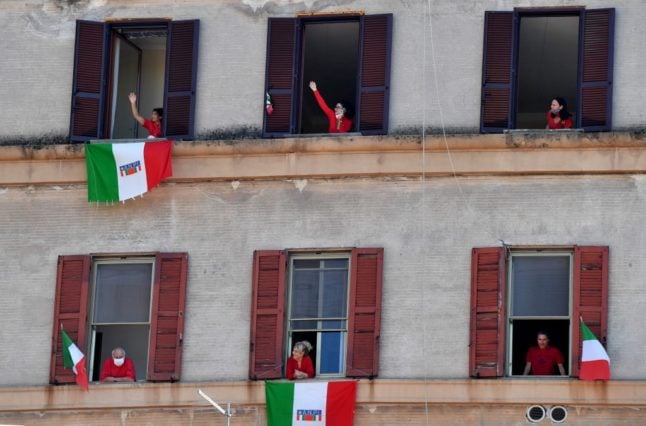
It marks the end of the Nazi occupation and victory of the Resistance in 1945, and it’s a public holiday. This year, unfortunately, it falls on a Sunday – meaning most of us don’t get an extra day off.

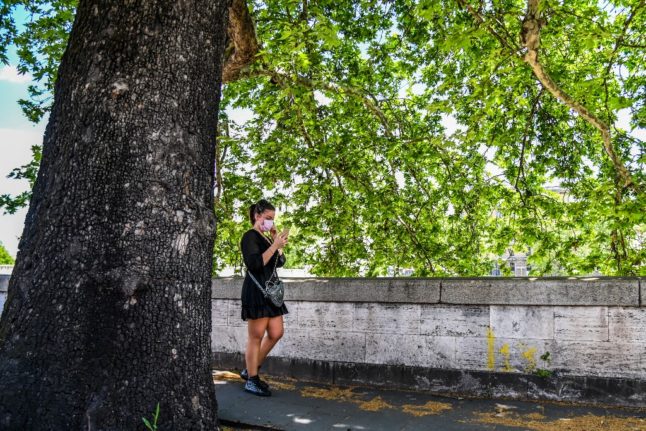
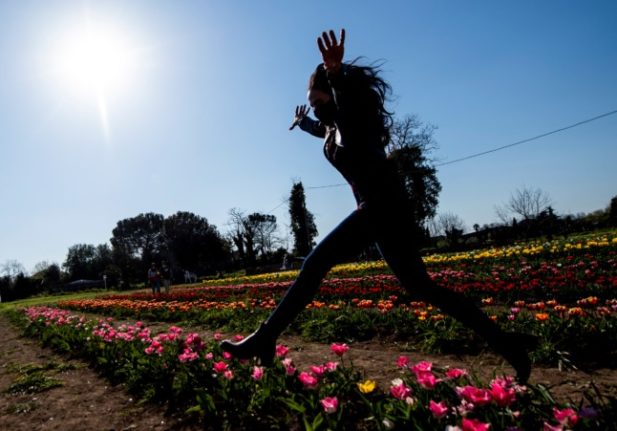
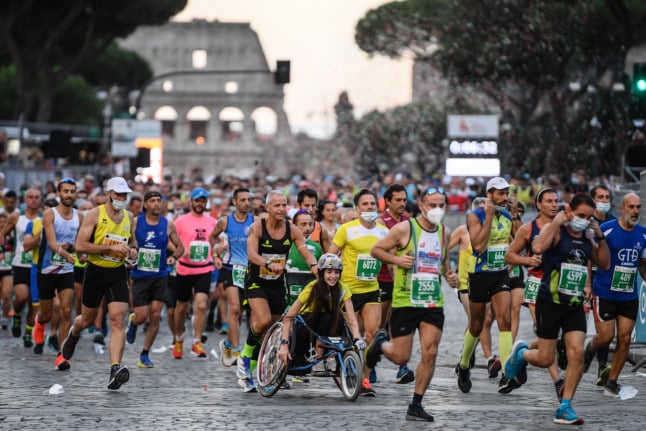
 Please whitelist us to continue reading.
Please whitelist us to continue reading.
Member comments